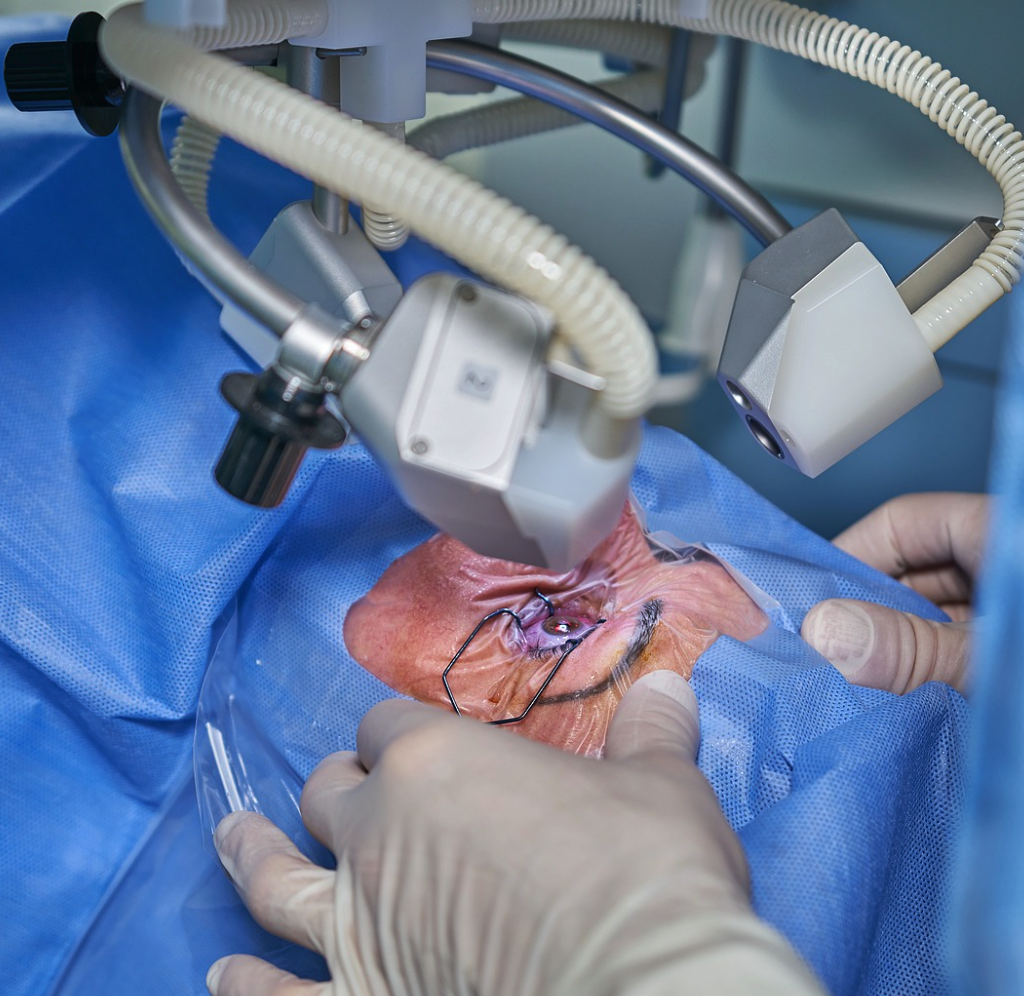Biomechanical changes after keratorefractive lenticule extraction with CLEAR and after femtosecond LASIK, correlated with optical coherence tomography findings

All claims expressed in this article are solely those of the authors and do not necessarily represent those of their affiliated organizations, or those of the publisher, the editors and the reviewers. Any product that may be evaluated in this article or claim that may be made by its manufacturer is not guaranteed or endorsed by the publisher.
Accepted: 15 April 2024
Authors
The aim of this retrospective, comparative, single-eye study was to assess the biomechanical changes after laser correction of myopia by keratorefractive lenticule extraction (KLEx) and by femtosecond LASIK (FS-LASIK), correlating them with the stromal changes on anterior segment optical coherence tomography. Corneal biomechanical parameters, provided by the high-speed Scheimpflug camera CorVis-ST (Oculus Optikgeräte GmbH) and measured pre-operatively and 1 week post-operatively, were: stiffness parameter at first applanation (SP-A1), stress-strain index (SSI), inverse integrated radius (IIR), deformation amplitude ratio at 2 mm (DA ratio-2mm).
A total of 79 eyes undergone KLEx (CLEAR, Ziemer Group) and 93 eyes undergone FS-LASIK were included. The mean residual stromal bed (RSB) was 271.36±17.22 µm after KLEx and 304.21±21.82 µm after FS-LASIK (p=0.00). All parameters in both groups showed statistically significant post-operative changes (p=0.00), except for SSI after FS-LASIK (p=0.39). The percent changes in all parameters were significantly higher in the KLEx group. Even in the eyes with equal RSB (300±5 µm; 19 eyes post-KLEx, 26 eyes post-FS-LASIK), changes were significantly higher after KLEx (SP-A1: -35.9%; SSI: -6.7%) than after FS-LASIK (SP-A1: -29.6%; SSI: -3.8%) (respectively, p=0.02, and p=0.00). In KLEx, reduction in stromal thickness had a weak correlation with reduction in SP-A1 (r=0.39), and poor correlation with reduction in SSI (r=0.26).
In conclusion, stiffness parameters were significantly worse after KLEx than after FS-LASIK, even in eyes ending with similar RSB. These findings should be valued cautiously, as the CorVis-ST might not capture all the clinically significant alterations, especially in the post-KLEx bi-layered cornea.
How to Cite

This work is licensed under a Creative Commons Attribution-NonCommercial 4.0 International License.






